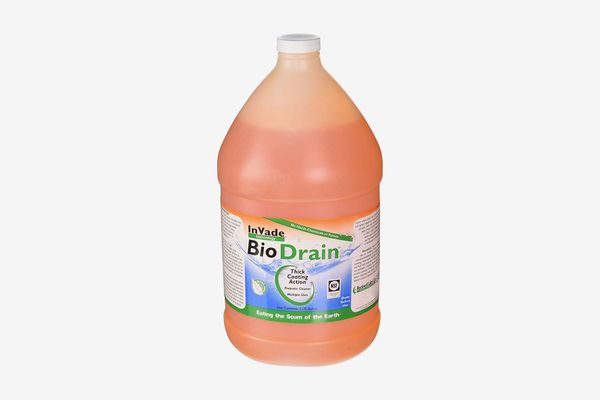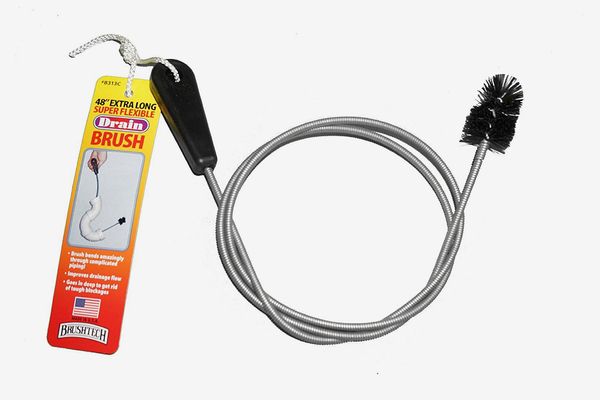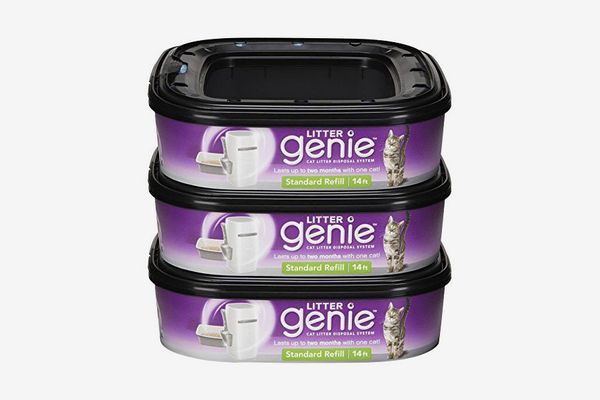
If you’re someone who would never hurt a fly, controlling pests in your home can become a kind of moral dilemma. But there’s no denying that a buzzing bug can be a nuisance. The key to getting rid of flies in your home is to prevent them in the first place. “Traps are kind of hit or miss for being a good control measure for flies,” says Mike Merchant, a professor and urban entomologist at Texas A&M University. “Source reduction is usually the way to go. You want to eliminate the breeding ground.” Erica McAlister, an entomologist and curator at the Natural History Museum in London and the author of The Secret Life of Flies, agrees: “I would advocate prevention as the best method.”
We spoke to entomologists and authors about the best ways to flyproof your home so that you won’t have to reach for a zapper or other traps that unfortunately kill their catch in the first place. (And, as many of our experts noted, “pest” is a relative term.) “People need to evaluate their homes, yards, and gardens for ways they can encourage biodiversity that will sustain itself, require little or no pest control, and link to larger wildlife corridors and natural habitat,” says Eric Eaton, co-author of Kaufman Field Guide to Insects of North America. Below are a few practical steps you can take to make your home fly-free.
“Pest prevention is pretty basic,” says Eaton. “Keep your home clean. Vacuum regularly, especially if you have furry or feathered pets. Launder pet bedding and pillows regularly.” Lucky for us, we know that having a powerful vacuum on hand, like the Strat fave Dyson V8, is a great place to start.
For something more portable, try a handheld vacuum instead, like this one from Black and Decker.
Another easy step to take? “Ensure that all food is covered up and kept in a cool place,” advises McAlister. “The warmer the weather, the faster the decomposition rates, which will give off the scents that attract many of the species inside.” Says Eaton, “Put vulnerable foodstuffs in glass, metal, or durable plastic containers with tight-fitting lids.” There are plenty of reusable food-storage bags and containers that the Strat has recommended recently, including this glass set with snap-locking lids, senior editor Simone Kitchens’s pick.
Another culprit that attracts flies and other pests is garbage. “Garbage can be a big source to attract flies, so make sure that garbage is removed regularly and bins have a lid that stays closed,” says Wizzie Brown, an integrated pest management program specialist through the Texas A&M AgriLife Extension program. They should also be lined with bags, washed out every so often, and have lids that stay closed. And make sure to place them (and compost bins) away from windows and doors. Here are some of the best kitchen trash cans on Amazon. We particularly like this stainless-steel model from Tramontina.
“Never underestimate the effectiveness of a tight-fitting window screen,” says Sofia Chauvet, a media liaison at PETA. Eaton agrees: “Repair worn weather stripping around doors. Mend or replace window screens that have holes. Seal cracks and crevices where insects may gain entry to your home.” If your windows don’t come with screens, use adjustable ones to keep critters out.
Use weather stripping, like this rubber foam tape, to close up any gaps between the screen and window or doorframe. How can you tell if you need extra coverage? “If daylight can be seen around doors or windows when they are shut (from the inside of the structure) then weather stripping should be replaced,” says Brown.
For drain flies and phorid flies, Brown advises that people check their drains for any buildup of organic matter. “Drains should be cleaned with a stiff brush and flushed with boiling water to remove the slime layer that typically builds up on the inside of pipes,” she says. But if the drain cover doesn’t come off, she suggests using a biological gel drain cleaner to break down the slime.
Brown also suggests disposing of pet waste several times a week. For smelly cat litter, try this disposal system from Litter Genie, which works like a diaper trash can. Simply scoop clumps from the litter box and drop them into the bin, which, when used with the multilayered refill bag, seals in odor with its airtight design.
The Strategist is designed to surface the most useful, expert recommendations for things to buy across the vast e-commerce landscape. Some of our latest conquests include the best acne treatments, rolling luggage, pillows for side sleepers, natural anxiety remedies, and bath towels. We update links when possible, but note that deals can expire and all prices are subject to change.
Every editorial product is independently selected. If you buy something through our links, New York may earn an affiliate commission.


















